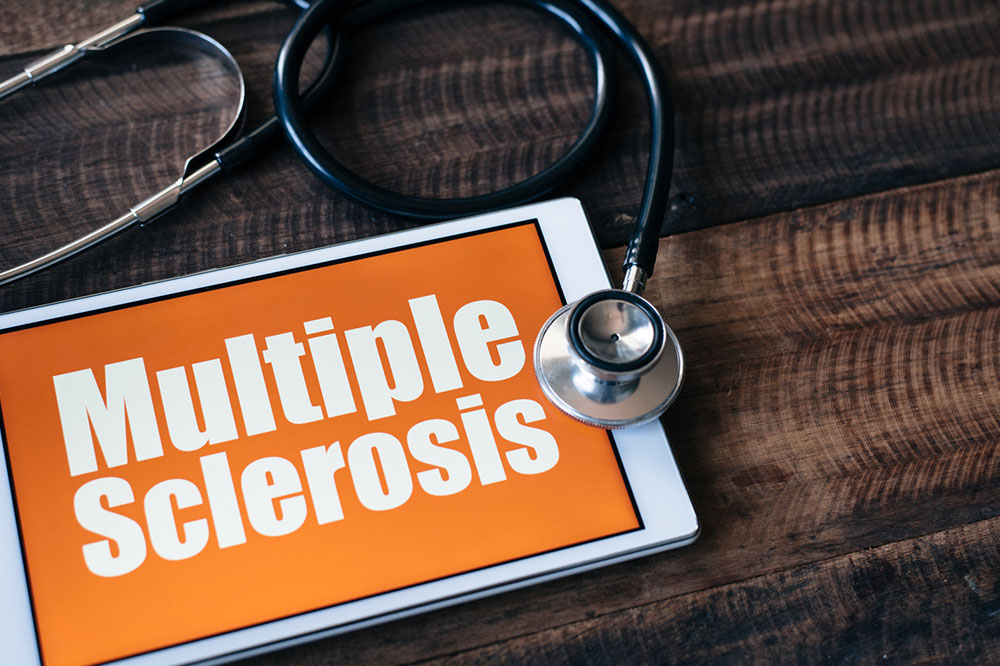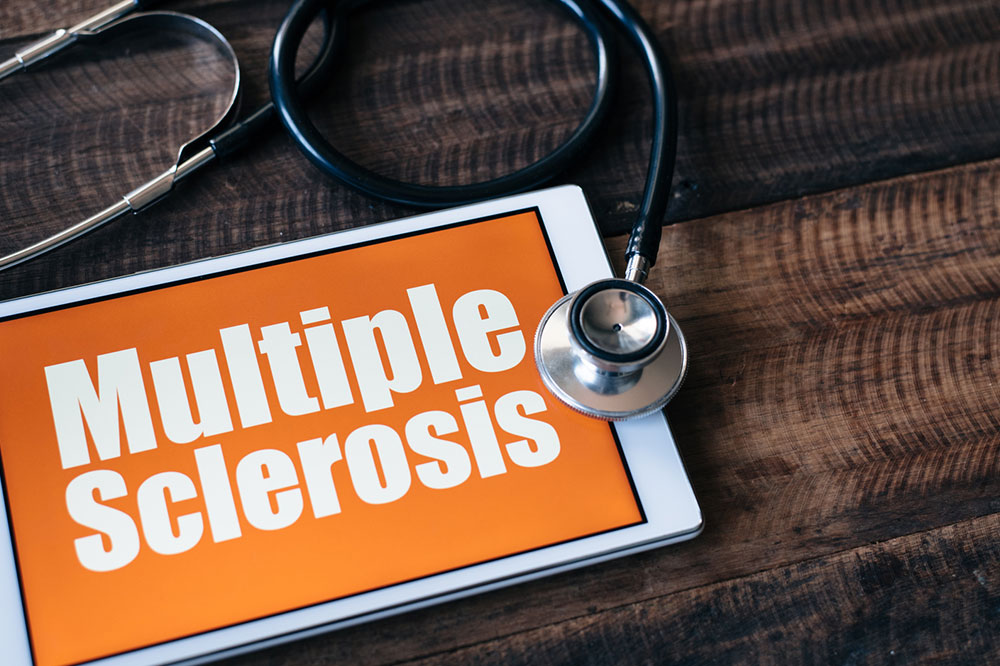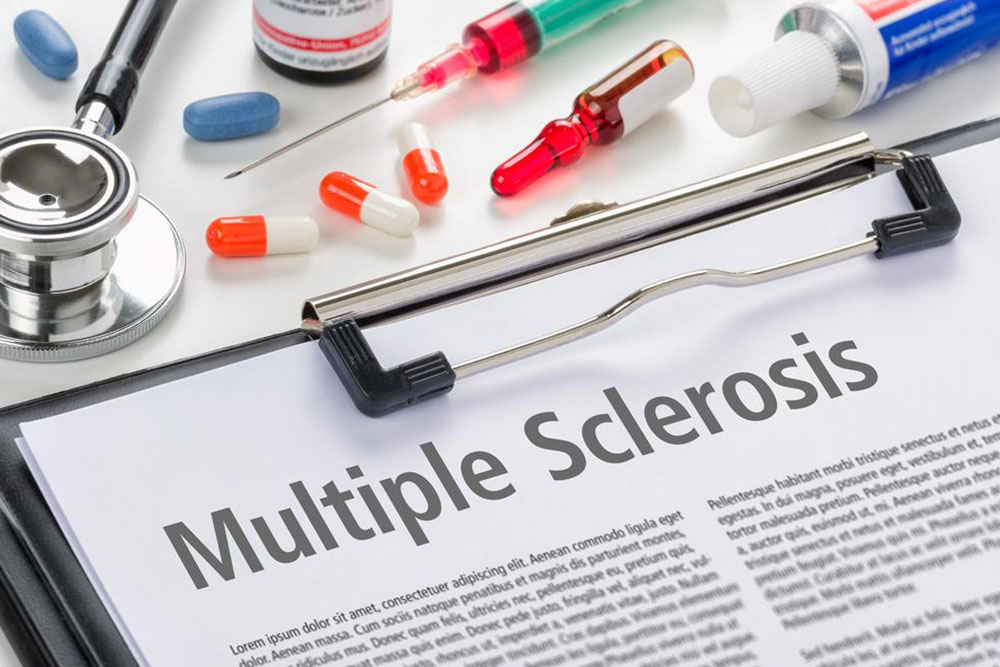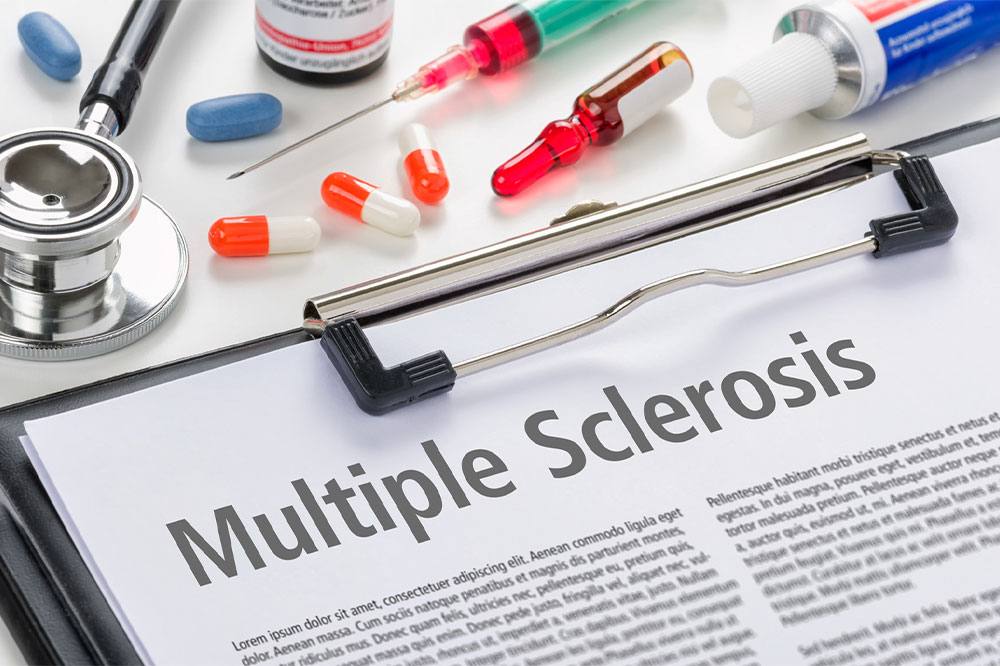Comprehensive Guide to Multiple Sclerosis: Risks, Symptoms, and Treatment Strategies
This comprehensive article explores multiple sclerosis, covering its types, risks, symptoms, and latest management strategies. Understanding MS is essential for early diagnosis and effective treatment, helping patients regain control over their health. Learn about autoimmune causes, risk factors such as gender and environment, common symptoms, and available therapies designed to slow disease progression and improve quality of life. Stay informed about the ongoing medical research aiming at potential cures and innovative treatments for this complex neurological disorder.

Essential Knowledge About Multiple Sclerosis You Need to Know
Approximately one million adults across the country are living with multiple sclerosis (MS), a complex and often unpredictable neurological disorder. The severity of MS varies significantly from person to person; some individuals experience mild, manageable symptoms, while others face severe disability. This variability underscores the importance of understanding MS for early detection, effective management, and improving quality of life. As awareness grows, so does the understanding of the disease’s underlying mechanisms, risks, symptoms, and current treatment options designed to slow progression and alleviate discomfort.
What Is Multiple Sclerosis?
Multiple sclerosis is an autoimmune disease that targets the central nervous system (CNS), which comprises the brain, spinal cord, and associated nerves. In MS, the body’s immune system mistakenly attacks the myelin sheath—a protective covering surrounding nerve fibers—leading to inflammation, damage, and scarring (sclerosis). This damage hampers the efficient transmission of electrical signals between the brain and the rest of the body, resulting in various neurological symptoms. Because the CNS controls a broad range of bodily functions, MS impacts multiple systems, causing a wide array of health issues that can fluctuate over time.

Types of MS
MS progresses through distinct stages, each characterized by different patterns of nerve damage and neurological decline:
Clinically Isolated Syndrome (CIS): This is often the first episode of neurological symptoms caused by localized inflammation and damage to the myelin in the CNS. It can be a one-time event or the precursor to MS.
Relapsing-Remitting MS (RRMS): The most common form, RRMS features flare-ups of neurological symptoms followed by periods of remission. During remission, symptoms may partially or fully resolve, but disease activity continues beneath the surface.
Secondary Progressive MS (SPMS): After an initial relapsing-remitting phase, many individuals develop SPMS, where neurological decline progresses more steadily, with or without relapses.
Primary Progressive MS (PPMS): Approximately 15% of people with MS are diagnosed with PPMS, characterized by a continuous worsening of neurological function from the onset, without distinct relapses or remissions.
Who Is at Risk of Developing MS?
Although MS can affect individuals regardless of age, gender, or background, certain factors increase the likelihood of developing the disease. Genetics may play a subtle role in susceptibility, although no direct inheritance pattern has been conclusively established. Epidemiological studies reveal a higher prevalence among women, especially those between 20 and 40 years old. Environmental factors, such as vitamin D deficiency, smoking, certain viral infections, and geographical location (higher latitudes), have also been linked to increased risk. These insights emphasize the multifactorial etiology behind MS, combining genetic predisposition with environmental triggers.
Recognizable Symptoms of MS
MS symptoms are highly variable and can often be confusing or difficult to predict. Common manifestations include persistent fatigue—often described as overwhelming sleepiness or exhaustion—numbness and tingling sensations in limbs, problems with vision such as blurred vision or optic neuritis, muscle weakness, coordination and balance difficulties, difficulty walking, tremors or involuntary movements, and cognitive issues like memory lapses or difficulty concentrating. Severe cases might involve paralysis, loss of vision, or problems with bladder and bowel control. Because symptoms depend on the location and extent of nerve damage, each patient’s experience with MS is unique.
Strategies for Managing MS
While there is currently no cure for MS, advances in medical research have led to effective therapies that can modify disease progression and improve quality of life. Disease-modifying therapies (DMTs), approved by regulatory agencies like the FDA, can reduce relapse frequency, slow disability accumulation, and limit nerve damage. These medications include injectable therapies, oral drugs, and newer infusion treatments tailored to individual needs. Additionally, symptom management involves corticosteroids for acute relapses, physical therapy to maintain mobility, occupational therapy to support daily activities, and lifestyle modifications such as regular exercise, a balanced diet, and stress reduction. Early diagnosis and personalized treatment plans are crucial to managing MS effectively.
Furthermore, ongoing research continues to explore regenerative therapies, neuroprotective agents, and personalized medicine approaches aimed at halting or reversing nerve damage in MS patients. Support networks, psychotherapy, and patient education also play vital roles in coping with the disease’s psychological and social impacts, fostering resilience and hope for affected individuals.





